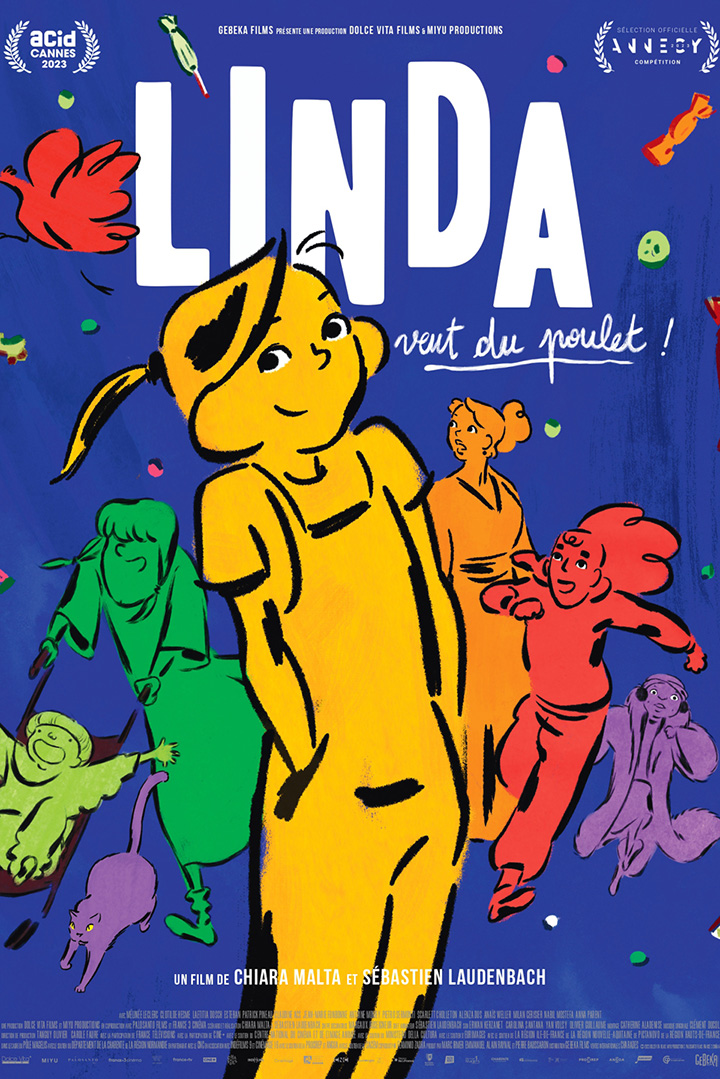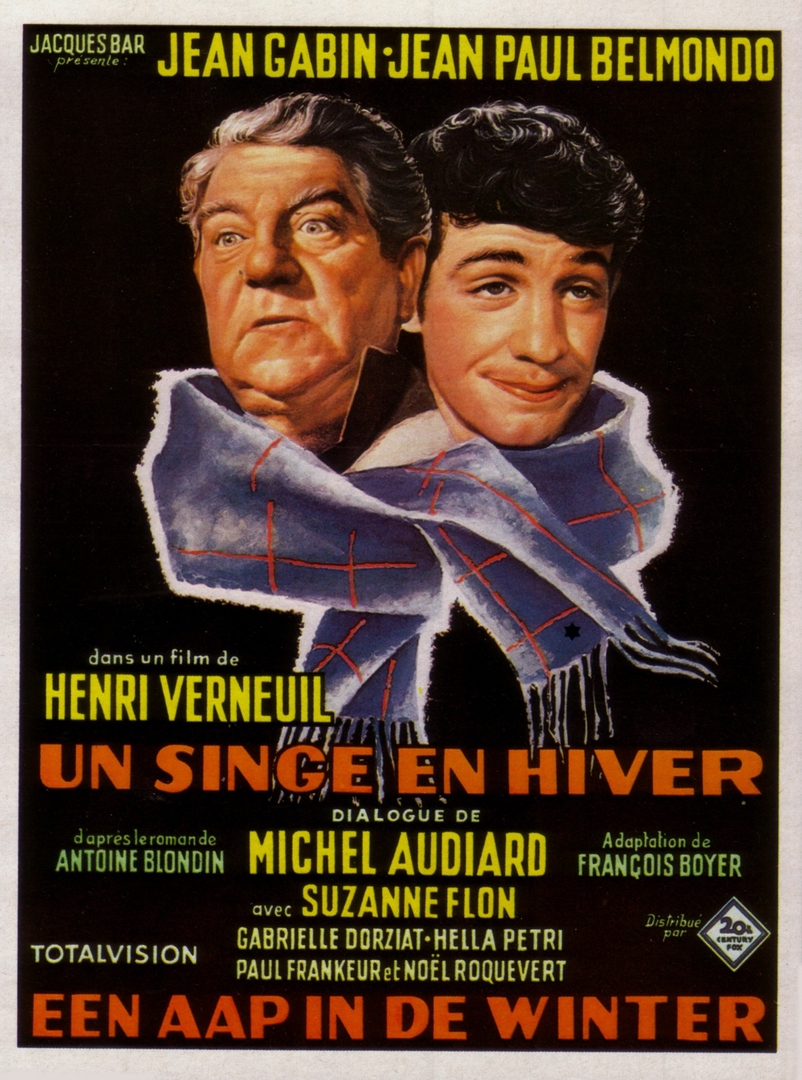House of Skin
David Cronenberg has created a multidimensional universe in which he insistently questions the limits of every facet of the human condition – physical, moral and existential. This program extends from his early days in Montreal, where he made exploitation flicks produced by Cinépix (Rabid, Shivers), to Maps to the Stars, a scathing take on the California jet-set lifestyle. A creepy parallel universe emerges through films like The Fly, which catapulted him to mainstream success, and eXistenZ, in which it seems perfectly normal to plug an organic game console into one’s spine. This is inside-out cinema, in which unique beings constantly show us funhouse-mirror reflections of our world. This program includes all of Cronenberg’s features, most of them in 35 mm.
Combining digital and analog technologies, Sabrina Ratté and her collaborator Roger Tellier-Craig draw inspiration from the world of David Cronenberg to explore the themes that run through his works: mutation, the fusion of flesh and technologies, bodily fluids, teleportation.
Scraps of failed experiments, organic waste and cables lay on the ground of a strange and desolate landscape. Since the 2010s, Sabrina Ratté has drawn on architectural, literary and cinematographic references to create imaginary spaces evoking brutalism, surrealism and abstraction. In her first works, she excavates and sculpts electrical matter using her video synthesizer to bring out endless corridors or corporate spaces — Sightings (2014), Lieux-dit (2016). Gradually, the artist adds digital technologies to her analog manipulations — Aires (2016), Machine for Living (2018). In House of Skin, 3D elements contain and structure the video matter that resembles human flesh, or what remains of it.
In this commission for the Cinémathèque québécoise, Sabrina Ratté was freely inspired by the atmosphere and themes found in some of Cronenberg's films: The Fly (1986), Scanners (1981), Videodrome (1983), Dead Ringers (1988), The Brood (1979), EXistenZ (1999) and Crash (2004). The monumental video installation is projected onto a half-moon screen, bathed in a disturbing sound environment designed by Roger Tellier-Craig. Hanging between life and death, these misshapen entities merge with the technology that surrounds them. 5 cathode-ray televisions accompany the projection and deepen the Cronenbergian experience.

House of Skin, Sabrina Ratté (2020). Video Installation, 10 minutes loop. Soundtrack by Roger Tellier-Craig. Commissioned by Cinémathèque Québécoise.
Sabrina Ratté
Sabrina Ratté est une artiste d’origine canadienne vivant à Paris. Sa pratique s’intéresse aux multiples manifestations de l’image numérique : la vidéo analogique, l’animation 3D, la photographie, l’impression, la sculpture, la réalité virtuelle et l’installation. L’intégration continuelle de nouvelles techniques appuie formellement les thèmes qui traversent ses oeuvres tels que l’influence psychologique qu’exerce l’architecture et l’environnement numérique sur notre perception du monde ainsi que la relation que nous entretenons avec l’aspect virtuel de l’existence. Elle a été nommée pour le Prix Sobey pour les arts en 2019 et 2020. Ses oeuvres ont été présentées internationalement par plusieurs institutions dont le Musée Laforet (Tokyo), le Centre Pompidou (Paris), le Musée national des beaux-arts du Québec (Québec), Thoma Foundation (Santa Fe), le Centre PHI (Montreal), Whitney Museum of Art (New York), Chronus Art Center, (Shanghai), Museum of the Moving Image (New York).
(Source)

Roger Tellier-Craig
Roger Tellier-Craig est un compositeur vivant à Montréal. Il est membre fondateur de Fly Pan Am, Et Sans (avec Alexandre St-Onge), Set Fire To Flames et Le Révélateur (avec Sabrina Ratté). Il a réalisé et produit de nombreux disques sous les labels Constellation, Locust, Alien 8, Fat Cat, Root Strata, Gneiss Things, NNA Tapes, Where To Now? et Dekorder. Acteur de la scène expérimentale au sens large, il a composé pour des films, des performances et des projets artistiques interdisciplinaires. Dans ce contexte, il a notamment collaboré avec Denis Côté, Albéric Aurtenèche, Karl Lemieux, Projet EVA et Lynda Gaudreau. Il est le designer sonore de la plupart des œuvres vidéo de Sabrina Ratté. Il a également travaillé en étroite collaboration avec la chorégraphe Dana M. Gingras au cours des 15 dernières années. Il détient un certificat en composition électroacoustique du Conservatoire de Musique de Montréal. Ses compositions Duelle et Nulle part à trouver ont remporté les 3e et 2e prix du concours Jeu de Temps/Times Play organisé par la Communauté électroacoustique canadienne.
(Source)






